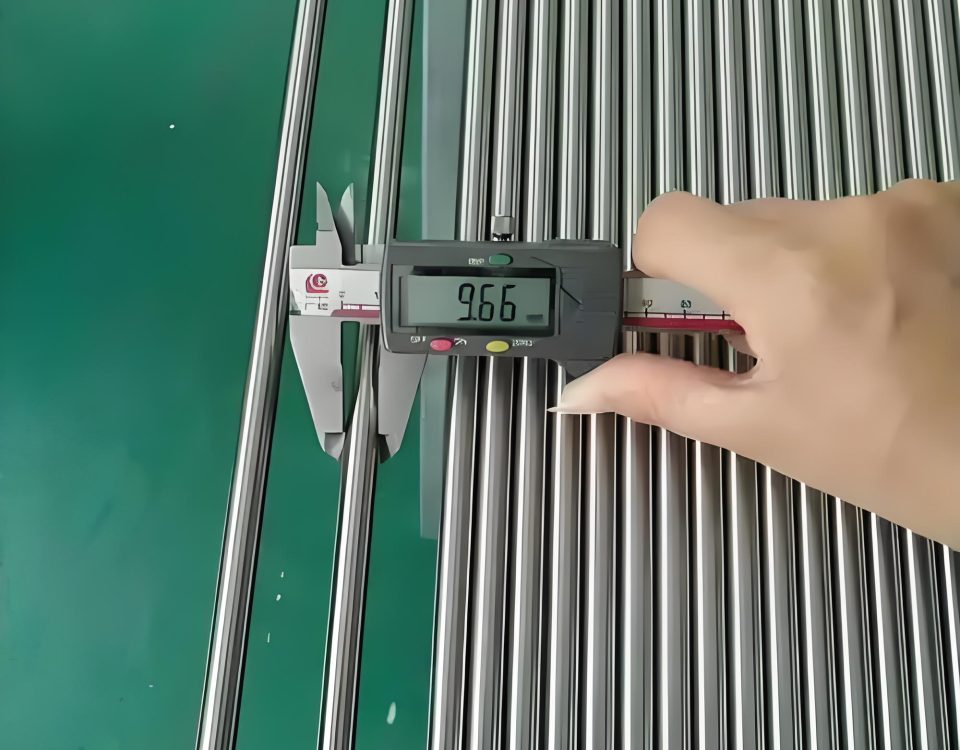
What is difference between Carbon Steel Seamless Pipe and Welded Steel Pipe Manufacturing Process ?
June 20, 2023
API 5L X80 PIPE | PSL 1 , PSL 2| Seamless and welded steel
July 5, 2023What are ANSI Flanges and How Do They Work?
Common Types of ANSI Flanges & Their Benefits?How to Choose the Right Size & Type of ANSI Flange For Your Project?
ANSI Flanges and How They Work
ANSI flanges, or American National Standards Institute flanges, are standardized pipe fittings used to connect pipes, valves, pumps, and other equipment in a piping system. They provide a reliable and secure connection by using bolts, gaskets, and precise specifications to ensure a tight seal. ANSI flanges are commonly used in various industries such as oil and gas, petrochemical, water treatment, and power generation.
Common Types of ANSI Flanges & Their Benefits
There are several types of ANSI flanges, each with its unique advantages:
-
Weld Neck Flanges: These flanges have a long, tapered hub that provides a high-integrity connection and excellent stress distribution. They are ideal for high-pressure and high-temperature applications.
-
Slip-On Flanges: As the name suggests, slip-on flanges are designed to slip over the pipe and are then welded on both the inside and outside. They are more economical than other types but not recommended for high-pressure systems.
-
Socket Weld Flanges: These flanges are used for smaller pipe sizes and high-pressure applications. They require a fillet weld around the hub to ensure a strong connection.
-
Threaded Flanges: These flanges are threaded on the inside to connect to pipes with external threads. They are easy to install and disassemble without welding, making them suitable for low-pressure applications and systems that require frequent maintenance.
-
Blind Flanges: Blind flanges are used to seal off the end of a piping system or pressure vessel. They are ideal for high-pressure applications and can be easily removed for inspection or modification.
-
Lap Joint Flanges: These flanges have a two-part design: a backing flange that is free to rotate and a stub end that is welded to the pipe. They are ideal for systems that require frequent disassembly and maintenance.
How to Choose the Right Size & Type of ANSI Flange For Your Project
To select the appropriate ANSI flange for your project, consider the following factors:
-
Pipe Size: Ensure the flange size matches your pipe’s outer diameter and wall thickness.
-
Pressure Rating: Choose a flange with a suitable pressure rating (Class) for your application, ranging from Class 150 (low pressure) to Class 2500 (high pressure).
-
Temperature: Consider the operating temperature of your system and choose a flange material that can withstand these conditions.
-
Material Compatibility: Choose a flange material (e.g., carbon steel, stainless steel, or alloy) that is compatible with the media being transported in the piping system.
-
Application Requirements: Evaluate the specific requirements of your project, such as whether the system requires frequent disassembly or if high-pressure or high-temperature conditions are present.
By considering these factors and understanding the benefits of each flange type, you can make an informed decision and choose the right ANSI flange for your project.



















-steel-pipe.jpg)